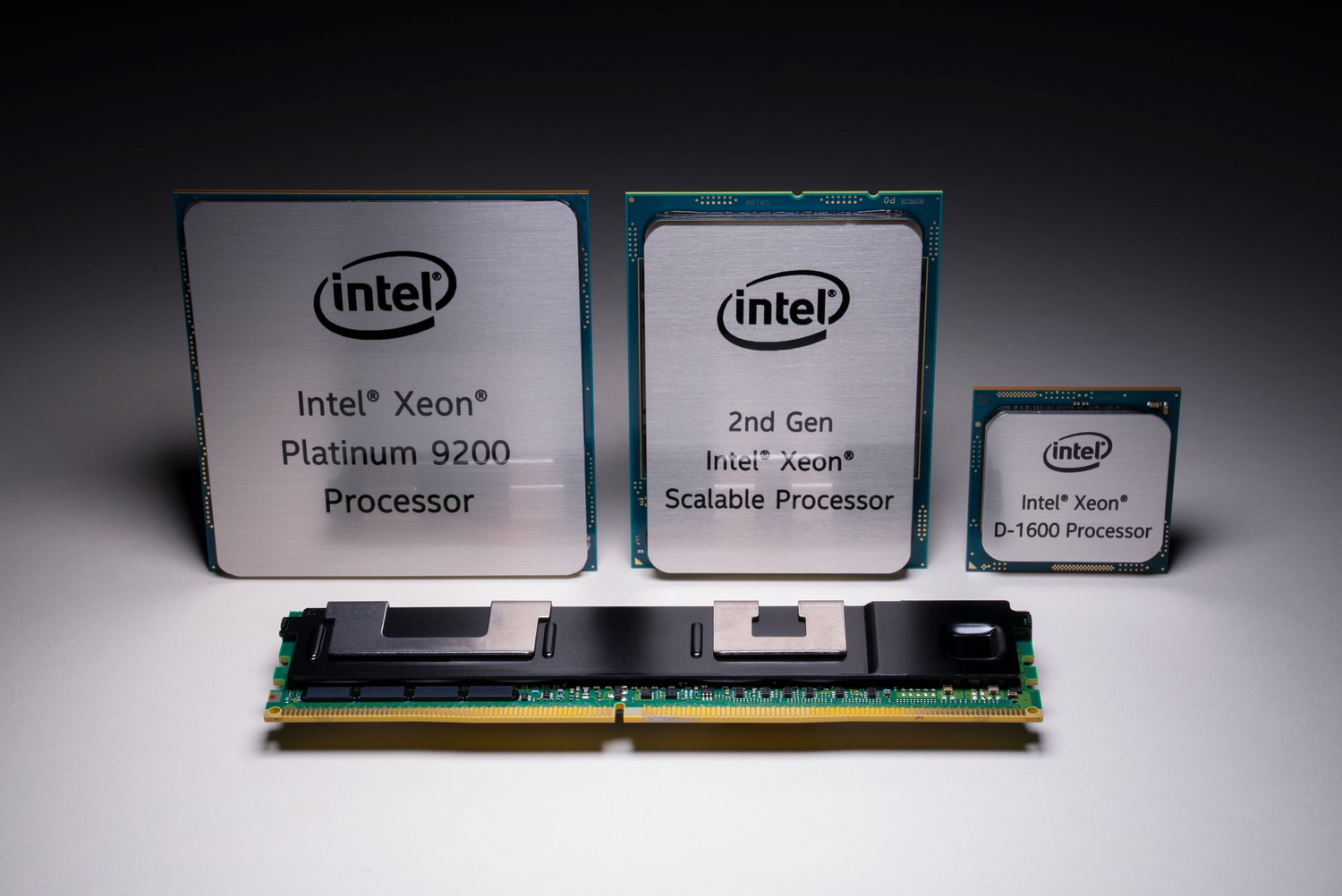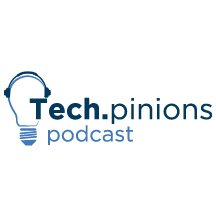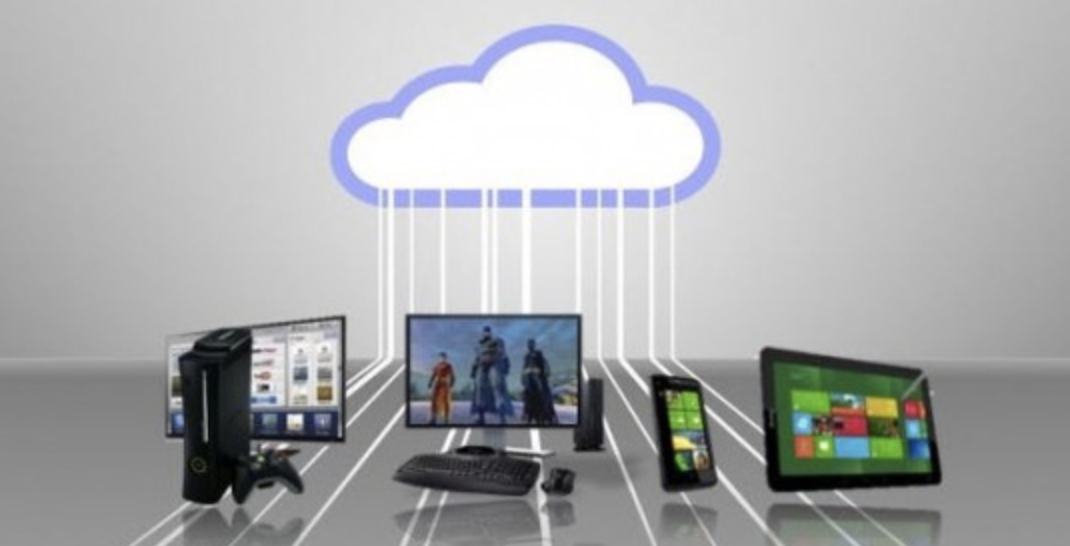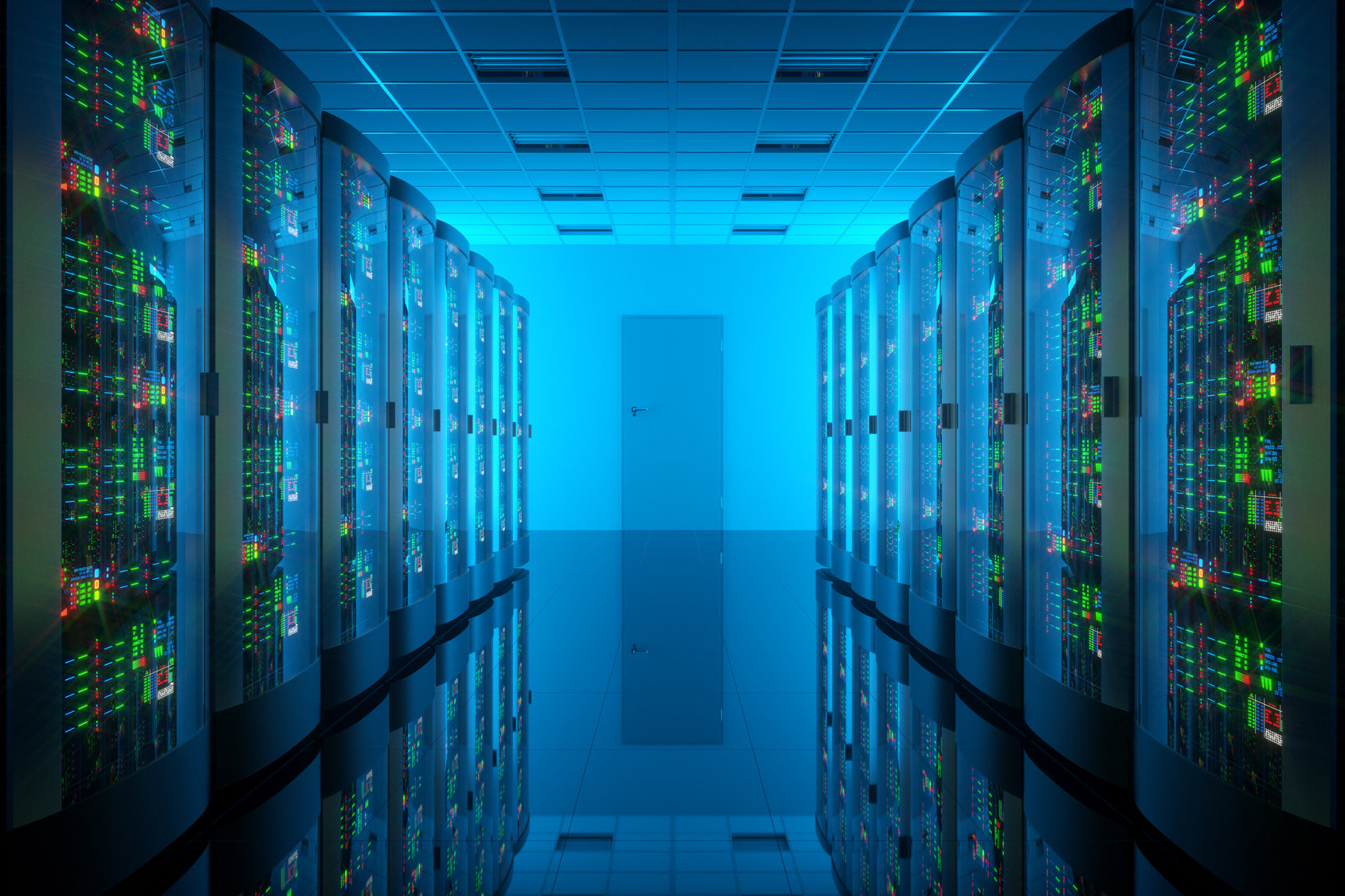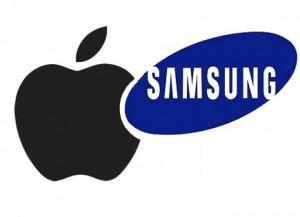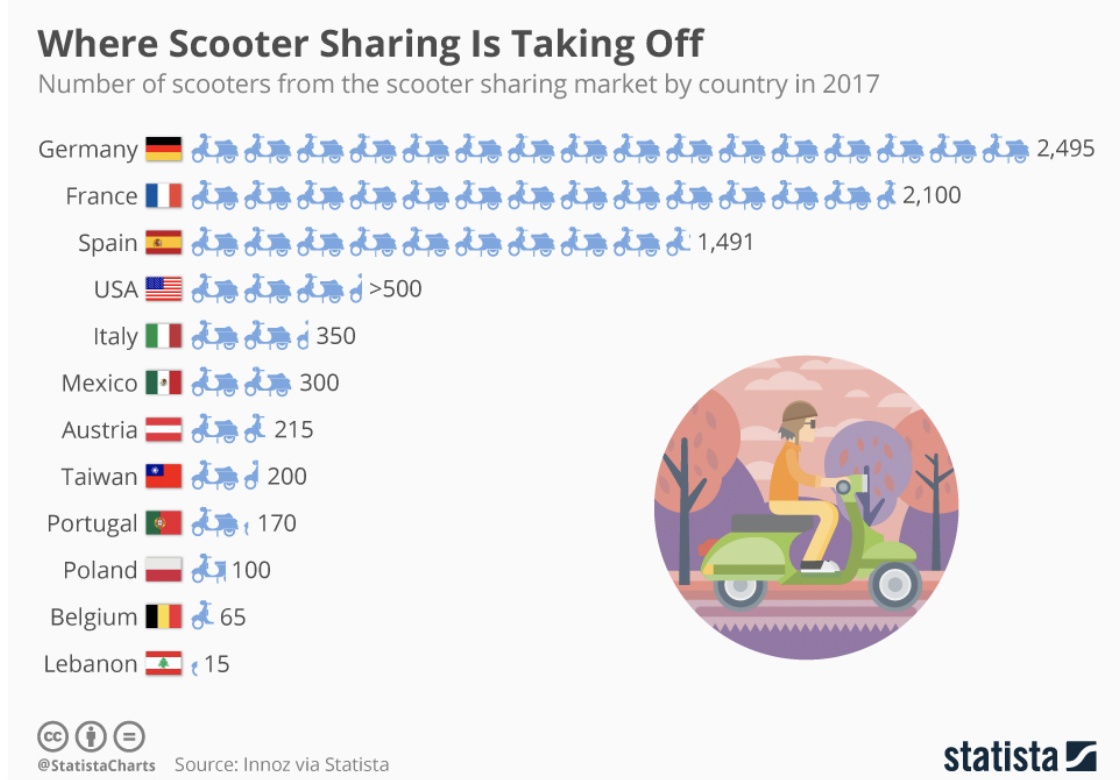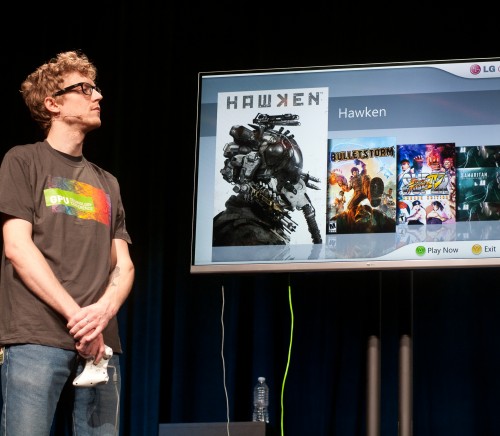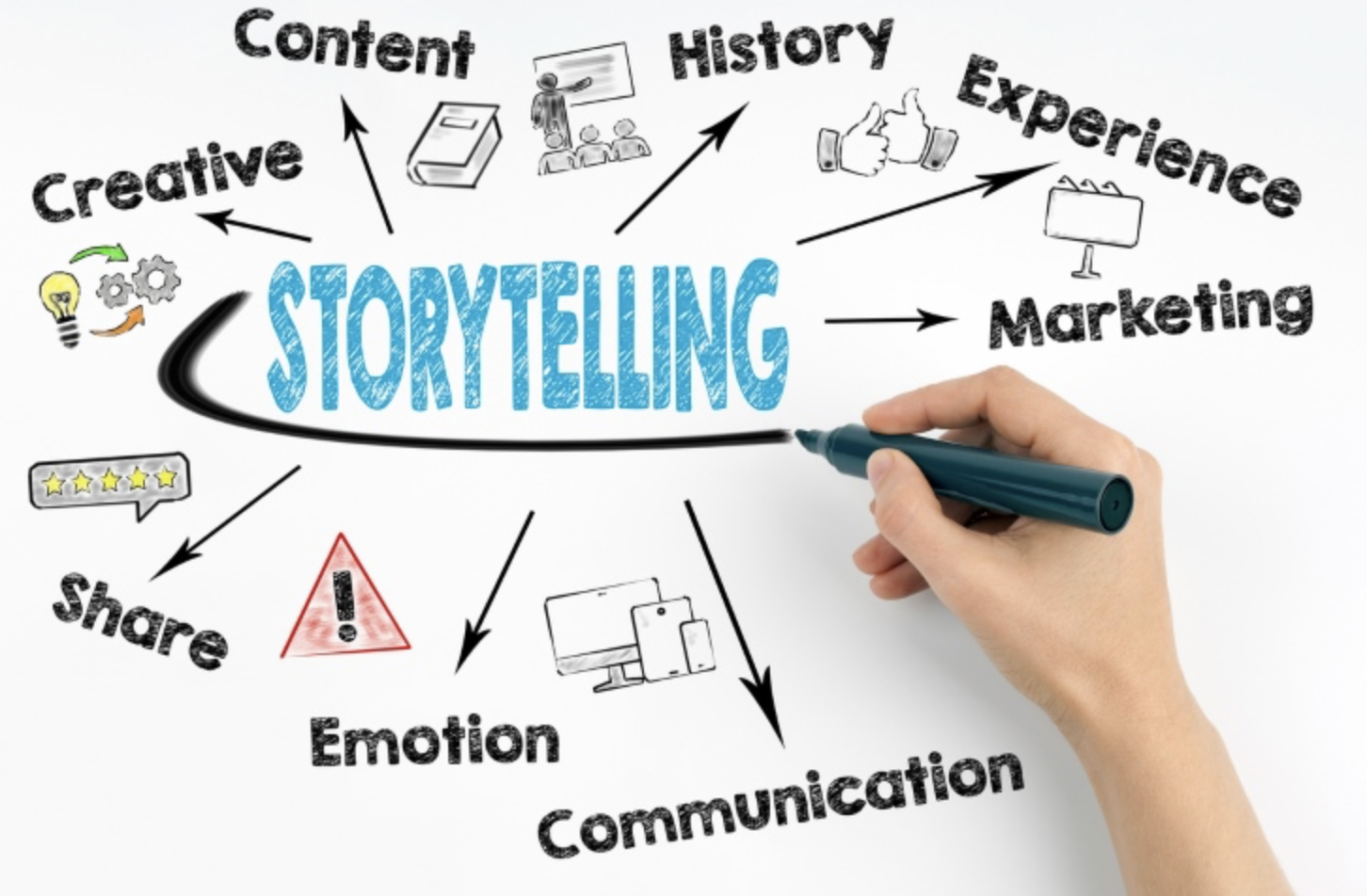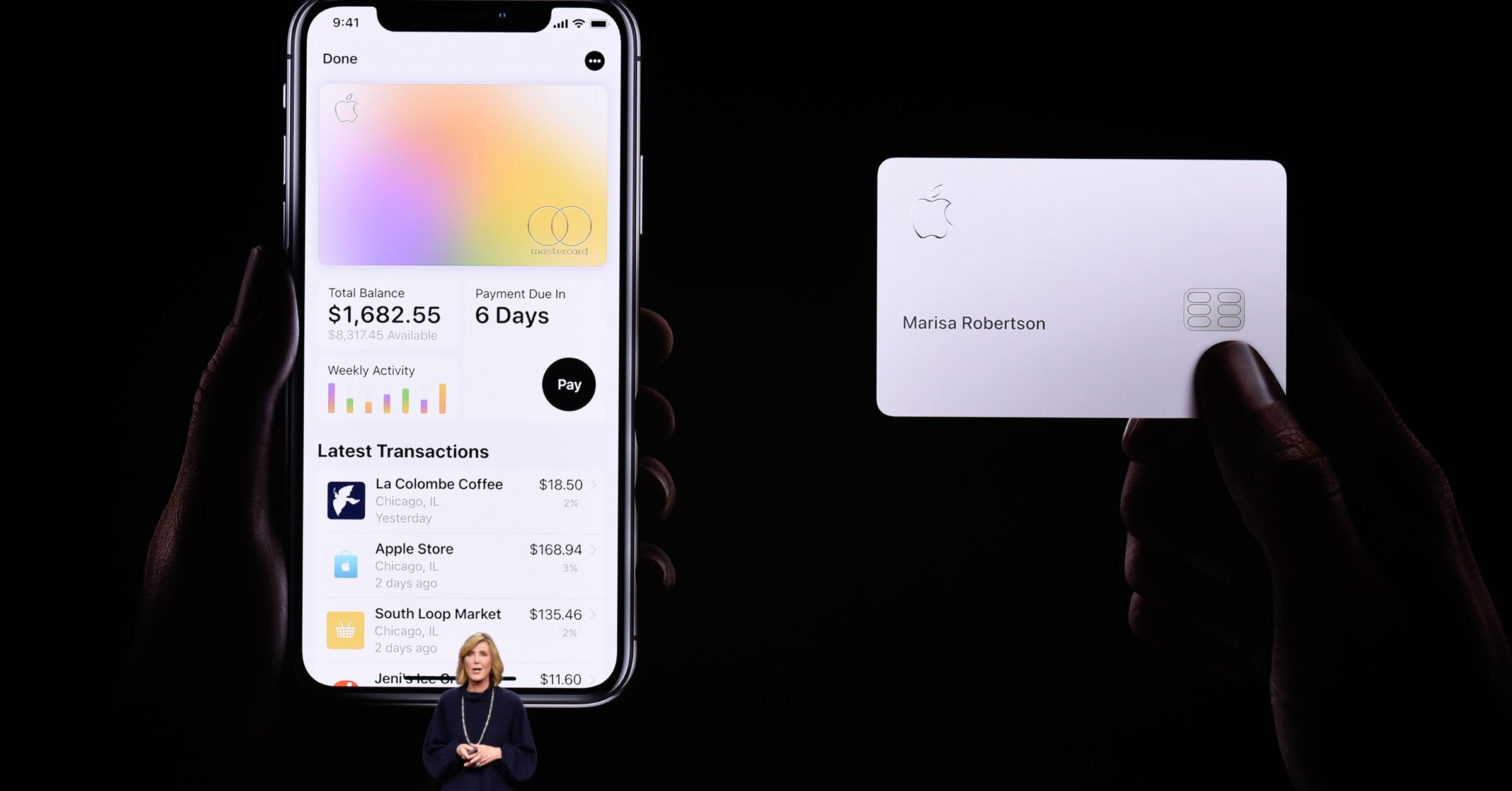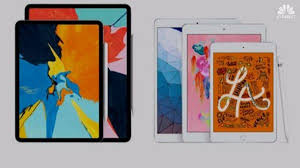I have had a range of conversations with colleagues in the tech industry, and it has been interesting to hear the same observation brought up. There seems to be a broad sense the narrative around Apple is particularly negative at the moment.
Now, longtime Apple watchers will know this is nothing new. The past decade, in particular, has led to a flurry of narrative swings around Apple from overly bullish to dramatically negative. We are indeed in a negative cycle right now and understand why it is helpful. Beyond the why, I do think there are some questions around services we don’t have enough information on that until answered, are likely to continue to drive a negative cycle.
What’s Driving Negative Sentiment
The easiest part to understand is why sentiment is negative at the moment. It rests squarely on the bias that Apple is a hardware company and not much else. The slowing of iPhone sales and the clear impact that is having to Apple’s bottom line only fuels this view, and we already see the doomsayers emerge from the shadows to point out how they have been right all along.
It’s been no secret that the vast majority of Apple’s revenues come from hardware. However, I’ve long argued that viewing Apple as hardware the only lens is the incorrect way to understand the company. Apple makes great hardware, yes, but if Apple ran the same operating system as the competition (Android) the iPhone business would not be the size, it is today. Meaning, iOS is a lot more valuable than most people realize to the whole Apple picture.
When people ask me what kind of a company Apple is I explain they aren’t really a tech company, nor are they hardware or a software company. At its core, Apple is a customer experience company. Apple’s focus is the customer and providing the best experience possible no matter the category of product. This point cannot be missed because it has been true with how they approach hardware and software. But, for me, there are still questions about Apple’s execution on being a customer experience focused company when it comes to services.
On stage at Apple’s March 25th media event, CEO Tim Cook made an effort to point out that Apple makes world-class hardware, world-class software (both true) and a growing collection of world-class services. It is the point about world-class services that I think is the big question mark.
The Services Risk
While it is true many of Apple’s exclusive apps, like iMessage, have a foundation of a service attached to it, most people don’t recognize or perceive it as a service. Apple’s App Store, iTunes Store, etc., are services but whether or not anyone attaches their broader understanding of a service is a question.
The risk, in my opinion, of Apple’s evolving emphasis as a company on services, is the potential to not live up to the bar the company has when it comes to hardware, and software. From many research studies, we have done around services it is clear to me there are different expectations in the mind of a consumer when they pay a monthly or annual fee for a service than the expectations they have when they buy hardware or software.
In Apple’s case, and around their hardware, in particular, customers can easily justify the cost in their case and feel it is ‘worth it.’ The big question I have is whether or not Apple can convince customers their services are ‘worth it’ in light of a much more competitive services environment Apple will face than the competition they face in hardware.
Consumers are used to a certain bar of quality with Apple hardware, and I do wonder what will happen if that bar is not met in services. Highlighting the disparity between hardware and services takes shape when we look at the research we did on HomePod owners. Note the visual below on overall customer satisfaction of HomePod (largely hardware related) vs. Siri satisfaction which is services related.
Apple’s unique approach to hardware engineering means they will likely always score high customer satisfaction on hardware, but I want to see satisfaction with their services go up. One of the main things that get critiqued about Apple’s services at large is consistency. This is true of Siri, even iMessages, etc., that the service consistently does what you expect it to do. With Siri, HomePod owners, ranked inconsistency of Siri to accurately fulfill a request as the biggest frustration they have with Siri on HomePod. My iMessage point is made clear by anyone, and there are many, who have consistent issues keeping iMessages in sync between their devices. I have a Mac, iPhone, and iPad and not a week goes by that I don’t have some issue with iMessage keeping messages in sync across devices. I know I’m not alone based on this exact complaint by many on Twitter I see in my timeline.
Even as Apple News+ rolls out, I find myself having consistency problems. Magazines I’ve downloaded are not synced across different devices meaning I have to go re-download them on a new device. Inconsistencies and inconsistent experiences with core services will not be things consumers tolerate when they shell out money on a monthly or annual device. Apple’s strength has never been in more cloud-based service-based solutions, and it is the area I see them most at risk when it comes to integrating a core services business as the third leg of Apple’s total solution.
I’ve mentioned this before, but sometimes I wonder how much more vertical they will have to go in the cloud in order to control more of their services destiny. As Bob O’Donnell and I mentioned on the Tech.pinions podcast last week, Apple’s services run entirely on someone else’s cloud platform, which is a bit of an oddity for how Apple usually does things. Perhaps a more vertical approach to cloud is in Apple’s future.
The other could be a few acquisitions of solid backbone cloud companies. I’ve seen investors mention Box or DropBox as options and bringing on the team from those companies who tend to be very good at a cloud services/synchronization approach. Ultimately, this is an important area to watch for Apple because the next innovation cycle, be it AR glasses, or something else is going to be hardware and services driven much more so than smartphones ever were.


